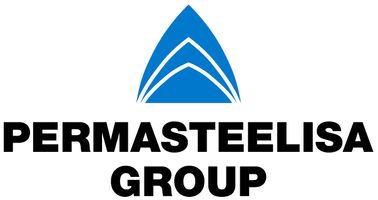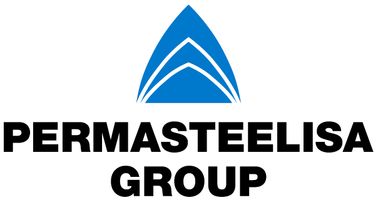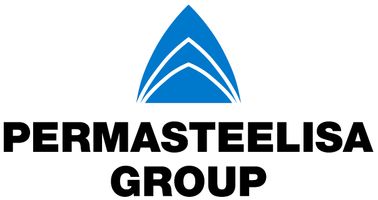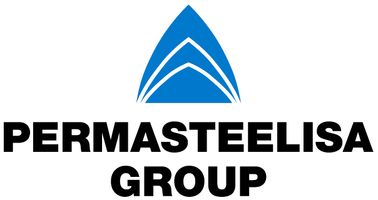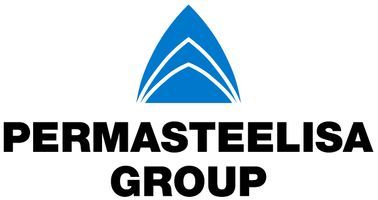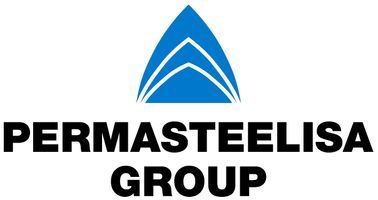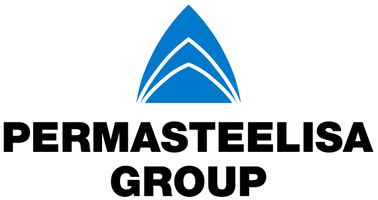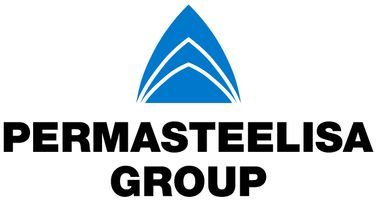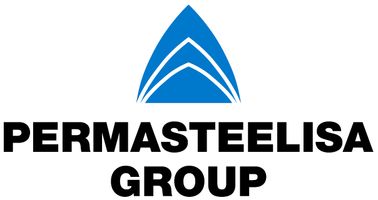Title Page
-
Site conducted
-
Conducted on
-
Prepared by
-
Location
Audits and Inspections
Key Performance Measurements, Monitoring & Reporting
-
Key Performance Measurement, Monitoring and Reporting
-
TRIR and LTIs are kept for legal requirement
-
GiMS is being update
-
Accident Book (UK)
-
undefined
-
Some data is used to help make decision
-
Steering Committee Objectives and Targets
-
Incident reports (Implemented Control Measures)
-
undefined
-
KPI’s are identified, collected, and distributed
-
KPIs are being recorded on GiMS
-
-
Collected date is discussed
-
Steering Committee meeting minutes
-
At least one of the KPI’s is a leading indicator<br>
-
Colleagues ask for KPI data and have easy access to the data
-
3-8 KPI’s are identified and collected and distributed to concentrate the organizations efforts on these areas
-
undefined
-
Many of the KPI’s are leading indicators
-
undefined
-
KPI data is shared with employees
-
undefined
-
Action plans are developed in an effort to improve the KPIs
-
Group Action Plan
-
Key performance indices (KPI’s) are selected and reviewed at least annually
-
Stretch yet achievable goals are selected for each KPI
-
Leading indicator KPI’s represent most of the organizations KPI’s
-
KPI’s are communicated and known by all colleagues
Audits, Self-Inspections and Safety Observations
-
Audits, Inspections & Safety Observations
-
There is an audit program in place
-
Self-inspections are conducted by site employees
-
Audit procedures are defined, including checklists, frequency, and follow-up
-
Auditors have received training
-
Recommendations are evaluated and tracked to closure
-
Safety professionals, and line management employees are used to conduct audits
-
A list of audit recommendations is kept. Recommendations are tracked to closure
-
Inspections focus on unsafe acts and unsafe conditions
-
The site is always prepared for a safety audit
-
Audit information is used to upgrade safety standards and procedures
-
External audits are used to assess the effectiveness of the safety program
-
Focused audits are used as needed to concentrate on specific issues and problems
-
The SMS is audited on a regular basis
-
Management and employees fully supported the audit system and understand it’s importance in eliminating the potential for injuries and incidents
-
The effectiveness of the SMS is one of the audit topics
-
The SMS is audited, or a self-assessment is conducted annually
-
Audit findings are compared with incident data to help focus improvement plans and improve the audit process
Management of Non-Conformities, Incidents, & Audit Findings
-
Management of Non-Conformities, Incidents, & Audit Findings
-
Employees report all injuries and incidents as directed
-
Incident Report identifies who reported the incident
-
undefined
-
Injury data (timing, type, organization, process, etc.) are collected for review and can be retrieved for review at any time
-
Are all accidents in the accident book on GiMS
-
Safety staff or supervisors conduct the investigation with employee present
-
A written procedure that meets minimum regulatory and business requirements are in place for reporting and investigating all recordable injuries
-
All injuries, incidents and near misses are investigated and a list of corrective actions is kept. Items are not removed from the list until they have been completed
-
Managers lead incident investigations. The injured employees and technical experts are involved as needed
-
Incident reports are shared with all employees who may benefit from the findings
-
Incident reports are analyzed to determine trends and patterns. Preventative measures are put in place when such trends are discovered
-
Employees from all levels review incident reports and can input to the upgrading of the investigation procedures
-
Report findings are used to upgrade process, programs, and training
-
Incident reports are communicated to other sites
-
In most cases, the investigation process discovers the root causes and all contributing factors to the incident
-
The number of injuries and incidents are clearly reducing<br>
-
All incidents (injuries and near misses) are fully investigated
-
Root cause is determined, and preventive measures are implemented so that the event will never occur again
-
Employees readily bring forward near misses
Management of Corrective & Preventative Actions
-
Management of Corrective & Preventative Actions
-
Corrective Actions Required (CARs) & or Preventative Actions Required (PARs) exist for some incidents
-
CARs & or PARs are effectively closed in a timely manner
- Yes
- No
- Notes
-
Corrective Actions Required (CARs) & or Preventative Actions Required (PARs) are generated for all incidents in the incident investigation process
-
CARs & or PARs are assigned a completion date
-
CARs & or PARs are assigned an individual to perform the needed actions
-
Periodic review of CAR’s takes place
-
A log of corrective action reports (CARs) and preventative action reports (PARs) is maintained
-
The log, at a minimum, includes a way to identify the CAR/PAR, the title, anticipated completion date, and the individual responsible to complete the action
-
Open CAR/PAR reviews are regularly scheduled
-
CARs and PARs are normally close by the originally assigned completion date
-
A log of corrective action reports (CARs) and preventative action reports (PARs) is maintained and reviewed during the safety management review
-
Responsible individuals actively address CARs and PARs
-
CARs/PARs are close in the prescribe timeline
-
There is a formal document describing the management of corrective and preventative actions that meet all aspects described in this section
